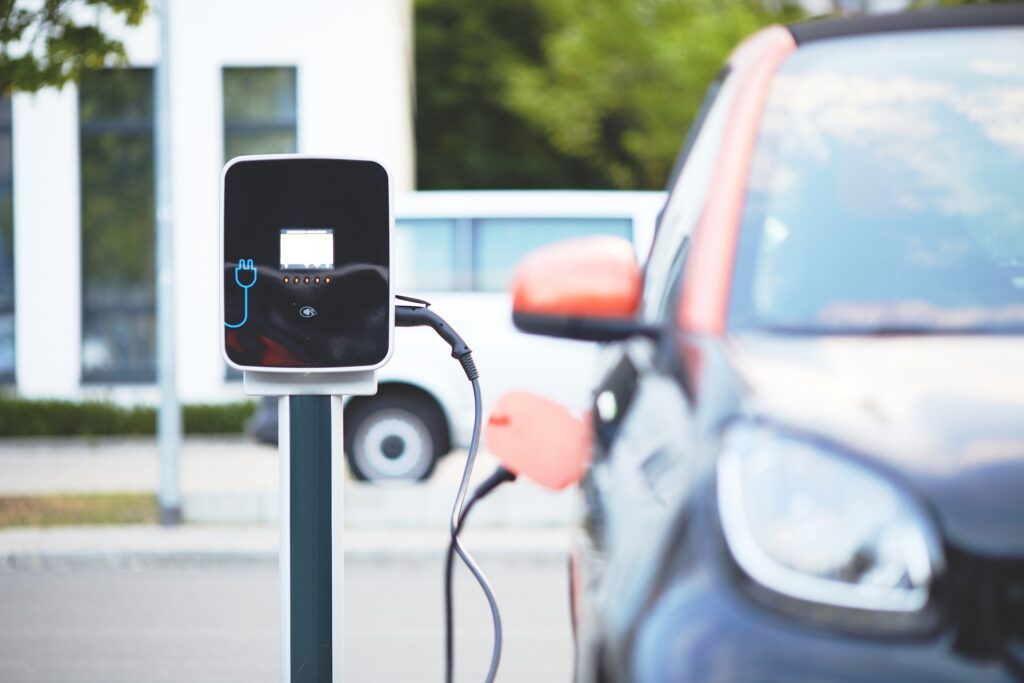
The popularity of electric vehicles is rising more and more each year, and there are a significant number of electric cars on the UK roads already.
Like any other car, electric cars require a regular MOT test to examine the general roadworthiness of the vehicle, as well as the condition and performance of all of its components. In this article, we’re looking at what to expect when you take your electric vehicle for its first MOT.
When is an MOT due for an electric car?
Despite the fundamental difference to regular petrol cars, electric cars follow the same MOT schedule as traditional vehicles. Once they turn three years old, electric cars need an annual MOT test. Electric cars are exempt from an emissions test, but an MOT test is still a legal requirement.
Standard routine
An electric vehicle MOT test will follow largely the same routine for that of a traditional petrol car. Headlight alignment and brightness will be examined, along with all other light functions, including hazard lights, turn signals and brake lights. Seatbelts, windscreen wipers, the windscreen itself, the horn, washer fluid and all other components of the car will be tested, just as with a petrol car. This also includes aspects such as mirrors, electrics and the air filter. Failure with any of these components will cause an overall MOT test failure, just like a petrol car, so try not to be caught out by some of these more common, simple checks.
Corrosion and rust
A key part of the test will be an inspection for signs of rust or corrosion. This will be performed all over the car: under the bonnet, over the body, and on the underside. The chassis, suspension components, brakes and mounting points will all be examined, and your tester will use a specific, specially-designed inspection tool for this.
One thing to note here, is that an MOT tester isn’t permitted to remove any part of the vehicle to check for rust. Many electric vehicles come with an underbody panel, so this will be kept in place throughout the test.
Brakes, wheels and mechanics
With your car hoisted up, the tester will carry out all the important mechanical checks to make sure everything is working safely and as intended. Wheel alignment and steering checks are performed, along with a visual inspection of the tyres and the wheels themselves.
Brakes, suspension and bearings will be checked too, with a focus on excess wear and tear. Wheels will be examined to make sure nothing is impeding them from spinning freely, or exerting any undue pressure or friction, and then the brakes themselves will be tested to ensure they are operating reliably and safely.
Regular maintenance
As you can see, an electric car MOT test isn’t vastly different from a petrol car test. The absence of an emissions test gives electric car owners one less thing to worry about, but an electric car still needs regular maintenance to ensure it passes its MOT the first time.
All the components of an electric car can suffer from the same problems that can plague a petrol car, from worn brakes and misaligned steering, to faulty wiring, a malfunctioning horn and more.
An MOT test for an electric car is no less thorough than a test for a petrol car, so checking in your electric car for regular servicing will stand you in good stead when MOT time finally rolls around.
Oaks Services are proud to be a leading provider of MOTs throughout the South East. From our MOT testing centre in Chertsey, our experienced team of mechanics use the latest equipment to perform an extensive MOT for your electric car. We also offer full repairs of any damage or issues that we find during the test, to help you get back on the road as quickly as possible. Along with our expert servicing and maintenance services, we can help keep your car in the best possible condition, so don’t hesitate to get in touch with us today.

